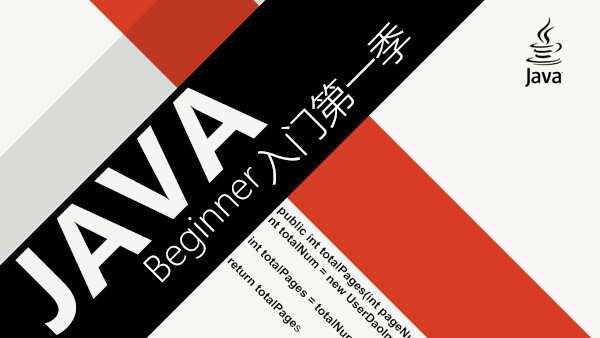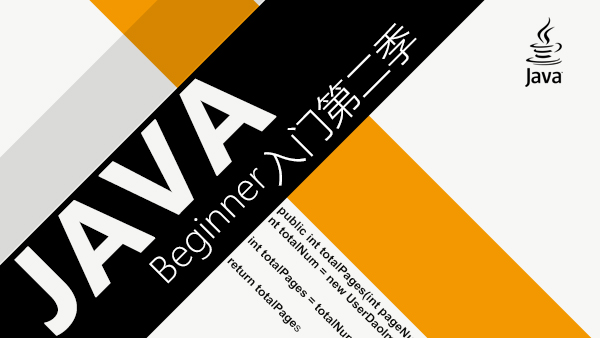
前言
在博客系统中,为了提升响应速度,加入了 Redis 缓存,把文章主键 ID 作为 key 值去缓存查询,如果不存在对应的 value,就去数据库中查找 。这个时候,如果请求的并发量很大,就会对后端的数据库服务造成很大的压力。
造成原因
- 业务自身代码或数据出现问题
- 恶意攻击、爬虫造成大量空的命中,会对数据库造成很大压力
案例分析
由于文章的地址是这样子的:
https://blog.52itstyle.top/49.html
大家很容易猜出,是不是还有 50、51、52 甚至是十万+?如果是正儿八经的爬虫,可能会读取你的总页数。但是有些不正经的爬虫或者人,还真以为你有十万+博文,然后就写了这么一个脚本。
for num in range(1,1000000):
//爬死你,开100个线程
解决方案
设置布隆过滤器,预先将所有文章的主键 ID 哈希到一个足够大的 BitMap 中,每次请求都会经过 BitMap 的拦截,如果 Key 不存在,直接返回异常。这样就避免了对 Redis 缓存以及底层数据库的查询压力。
这里我们使用谷歌开源的第三方工具类来实现:
<dependency>
<groupId>com.google.guava</groupId>
<artifactId>guava</artifactId>
<version>25.1-jre</version>
</dependency>
编写布隆过滤器:
/**
* 布隆缓存过滤器
*/
@Component
public class BloomCacheFilter {
public static BloomFilter<Integer> bloomFilter = null;
@Autowired
private DynamicQuery dynamicQuery;
/**
* 初始化
*/
@PostConstruct
public void init(){
String nativeSql = "SELECT id FROM blog";
List<Object> list = dynamicQuery.query(nativeSql,new Object[]{});
bloomFilter = BloomFilter.create(Funnels.integerFunnel(), list.size());
list.forEach(blog ->bloomFilter.put(Integer.parseInt(blog.toString())));
}
/**
* 判断key是否存在
* @param key
* @return
*/
public static boolean mightContain(long key){
return bloomFilter.mightContain((int)key);
}
}
然后,每一次查询之前做一次 Key 值校验:
/**
* 博文
*/
@RequestMapping("{id}.shtml")
public String page(@PathVariable("id") Long id, ModelMap model) {
if(BloomCacheFilter.mightContain(id)){
Blog blog = blogService.getById(id);
model.addAttribute("blog",blog);
return "article";
}else{
return "error";
}
}
效率
那么,在数据量很大的情况下,效率如何呢?我们来做个实验,以 100W 为基数。
public static void main(String[] args) {
int capacity = 1000000;
int key = 6666;
BloomFilter<Integer> bloomFilter = BloomFilter.create(Funnels.integerFunnel(), capacity);
for (int i = 0; i < capacity; i++) {
bloomFilter.put(i);
}
/**返回计算机最精确的时间,单位纳妙 */
long start = System.nanoTime();
if (bloomFilter.mightContain(key)) {
System.out.println("成功过滤到" + key);
}
long end = System.nanoTime();
System.out.println("布隆过滤器消耗时间:" + (end - start));
}
布隆过滤器消耗时间:281299,约等于 0.28 毫秒,匹配速度是不是很快?
错判率
万事万物都有所均衡,既然效率如此之高,肯定其它方面定有所牺牲,通过测试我们发现,过滤器有 3% 的错判率,也就是说,本来没有的文章,有可能通过校验被访问到,然后报错!
public static void main(String[] args) {
int capacity = 1000000;
BloomFilter<Integer> bloomFilter = BloomFilter.create(Funnels.integerFunnel(), capacity);
for (int i = 0; i < capacity; i++) {
bloomFilter.put(i);
}
int sum = 0;
for (int i = capacity + 20000; i < capacity + 30000; i++) {
if (bloomFilter.mightContain(i)) {
sum ++;
}
}
//0.03
DecimalFormat df=new DecimalFormat("0.00");//设置保留位数
System.out.println("错判率为:" + df.format((float)sum/10000));
}
通过源码阅读,发现 3% 的错判率是系统写死的。
public static <T> BloomFilter<T> create(Funnel<? super T> funnel, long expectedInsertions) {
return create(funnel, expectedInsertions, 0.03D);
}
当然我们也可以通过传参,降低错判率。测试了一下,查询速度稍微有一丢丢降低,但也只是零点几毫秒级的而已。
BloomFilter<Integer> bloomFilter = BloomFilter.create(Funnels.integerFunnel(), capacity,0.01);
那么如何做到零错判率呢?答案是不可能的,布隆过滤器,错判率必须大于零。正常情况下,我们可以关闭布隆校验,只有才突发情况下开启。比如,可以通过阿里的动态参数配置 Nacos 实现。
@NacosValue(value = "${bloomCache:false}", autoRefreshed = true)
private boolean bloomCache;
//省略部分代码
if(bloomCache||BloomCacheFilter.mightContain(id)){
Blog blog = blogService.getById(id);
model.addAttribute("blog",blog);
return "article";
}else{
return "error";
}
小结
缓存穿透大多数情况下都是恶意攻击导致的空命中率。虽然十万博客还没有被百度收录,每天也就寥寥的几十个IP,但是梦想还是有的,万一实现了呢?所以,还是要做好准备的!

 随时随地看视频
随时随地看视频




